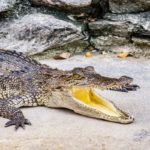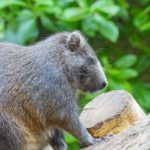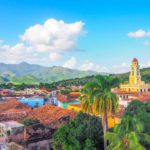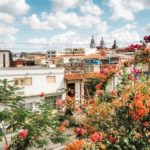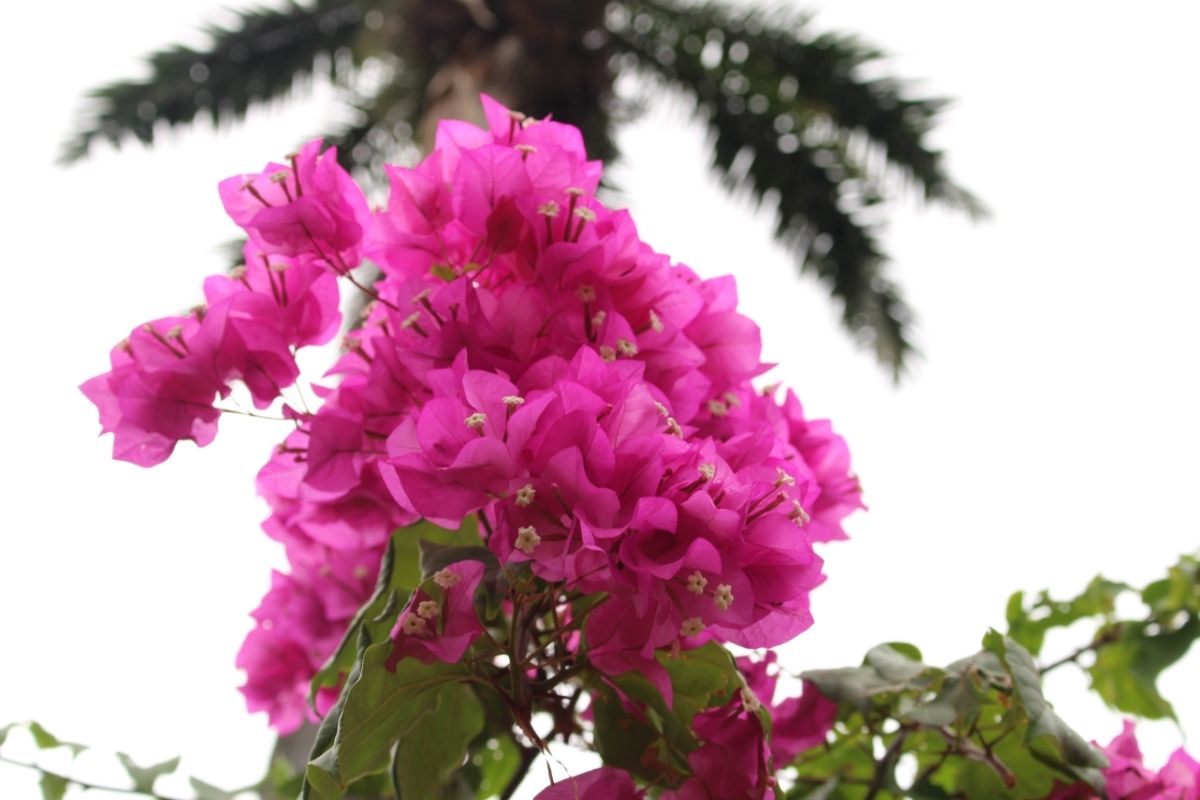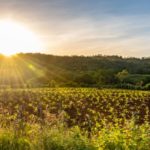The Caribbean islands are known for their plant diversity, with many of its plants being native to the islands and Cuba is no exception.
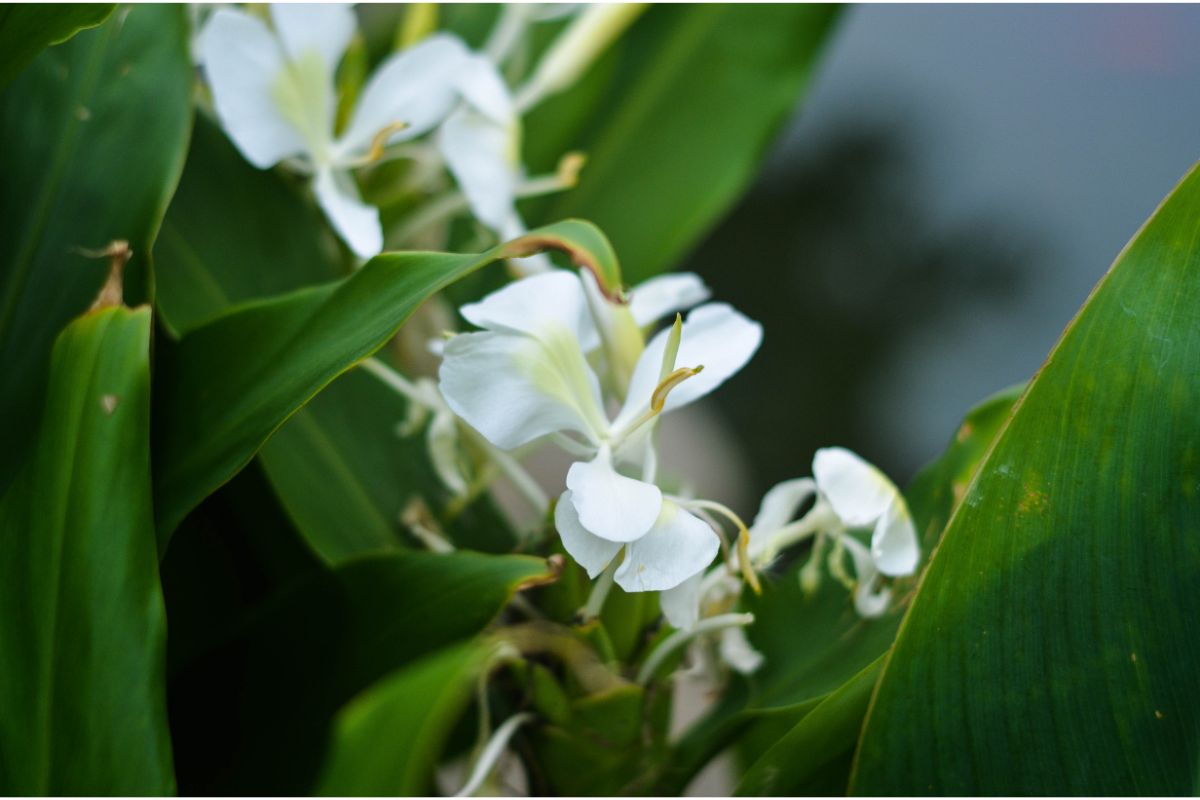
In fact, around a quarter of the region’s vascular plant life is only found in Cuba.
Because of this, Cuba is regarded as the most biologically significant islands in the Caribbean islands.
There are over 6,500 vascular plants in Cuba, and half of these plants are endemic to the island.
Cuba is the largest island in the Caribbean. It makes up nearly 50% of the Caribbean land area.
Therefore conserving and preserving plants native to Cuba is crucial, especially now that nearly 1,000 plant species in Cuba are endangered or have sadly become extinct over the past 350 years.
Unfortunately, agriculture and tourism have had a massive impact on the natural ecosystem of the Caribbean islands, but while 15% of the forests in Cuba have not been harmed by outside forces, the same cannot be said for the rest of the Caribbean’s forests.
Now we know that Cuba is home to many beautiful, and diverse plants, you may be wondering what the national flower of Cuba is?
Well, we have the answer as well as some more information on Cuba’s diverse plant life.
The National Flower Of Cuba
Cuba is known for its orchids and so it makes sense that an orchid is its national flower.
In particular, the White Mariposa – also known as the White Ginger or Butterfly Jasmine – is the national flower of Cuba.
This Jasmine species is endemic to Cuba and is found in humid environments such as lagoons.
However, they can also be grown domestically. This flower has historical significance too, as women would send messages to the men on the front line of Cuba’s battle for independence with these flowers accompanying their letters.
Cuban Orchids
Although Cuba is famous for its orchids, the whole Caribbean is home to more than 25,000 species of these beautiful flowers and in 2012 two new orchid species were discovered in Cuba.
In the isolated eastern mountain streams you can find the most fragile and recently discovered species of white orchids.
This species is known as Tetramicra riparia, which is a homage to its original home in the Baracoa mountain rapids.
The second new species that was discovered in Cuba was found in the western region of the country, and it’s a lot larger than the previously mentioned species.
This species is called the Encyclia navarroi. It has green and purple petals that can reach over 2.5 inches long, and there can be as many as 20 blooms on a single plant.
This plant is so called because of how it can grow from other plants, as you can often find it settled on ficus and plumeria.
What Other Flowers Are Native To Cuba?
Showy Chalicevine
Another flower endemic to Cuba is the Showy Chalicevine. This flower has a stunning vine with glossy leaves and huge white and yellow blooms.
These flowers grow 6-8 inches and are shaped like a chalice – hence the name, chalicevine.
Showy chalicevines also have a yellow corolla and 5 purple lines.
Their ropelike stems are thick and woody and can grow up to 30-40 ft. Their leaves are evergreen and have a leathery texture.
Showy Chalicevine can also be grown domestically. To care for these flowers, you need to plant them near a wall and give them plenty of water. In the fall, use a slowly releasing fertilizer.
They’re usually in bloom from February through to May. These flowers are especially fragrant at night, with a coconut-like scent.

Black Orchid
The Black Orchid is a New World orchid that isn’t just found in Cuba but in Columbia, the West Indies, Venezuela, and even southern Florida too.
It is often found in the Pinar del Rio municipalities of Candelaria and Bahía Honda, in the Santiago de Cuba mountains, and all over the Antilles.
Black orchids have oblong bulbs and one or two linear non-succulent leaves.
What makes these flowers unique however is that unlike other flowers where the labellum is below the column in the orchids, in these flowers the labellum forms a ‘hood’ over the column. This basically means the flower is upside down.
Another thing that makes the Black Orchid unique is that it has three anthers rather than one, and it is autogamous.
This explains why you can find black orchids in Florida despite there being no pollinators in Florida that can support it.
The Black Orchid is commonly cultivated, and is prized for its unique shape and long-lasting flowers.
A few hybrids have been created from this species, such as the Prosyclia Green Hornet.
Cuban Palm Trees
There are over 100 different species of palm trees in Cuba, and 90 of them are endemic to the island.
The Royal Palm is Cuba’s national tree, reaching up to 40 or 60 feet tall. It is crowned with a large expanse of pinnate leaves that can grow to over 20 feet in diameter.
In Cuba this palm tree is known as ‘the queen of the field’ thanks to its majestic appearance.
The Royal Palm also provides Cuba with timber and fruit.
A Cork Palm is also a common tree to find in Cuba, and is endemic to the western side of Cuba in the province of Pindar del Río.
Cork Palms can reach 10 meters tall, and are known for their shorter leaves at the top of the tree, while the middle and distal leaves are the same size.
Unfortunately, Cork Palms are now critically endangered, with only an estimated 600 of them left in the world.
The Reforestation Of Cuba
Spanish colonists arrived in Cuba in the 15th century and it was believed that at that time, 90% of Cuba was covered in forest.
Hundreds of years later in 1890, when Cuba’s economy relied on coffee plantations, sugar cane plantations, and cattle farming, the forest coverage decreased to around 54%.
In 1959, this dropped to a staggering 14%.
However, following the Cuban revolution, reforestation efforts have increased the forest coverage to 25%, and it was hoped that by 2015 this would have further increased to nearly 30%.
Since the mid-20th century, Cuba has made huge strides concerning preservation and reforestation.
For example, in Havana they have created an impressive woodland area in land that was previously being used as a garbage dump.
Cuba also has the largest and most well-preserved wetland area, the Cienaga de Zapata Biosphere reserve.
Las Terrazas is another success story. It was founded following a 1968 reforestation project, and consists of an activity center and eco-resort that is now classified a UNESCO Biosphere Reserve.
Cuba has taken amazing steps towards preservation and reforestation, with these efforts still continuing to ensure that the country meets its economic and conservation obligations.
Final Thoughts
Cuba is a lush, verdant island with many beautiful endemic plants, and thanks to dedicated conservation efforts we can enjoy the island’s unique plant life for years to come.
Namely, the White Mariposa, the national flower of Cuba!
- What Is The Largest Island In Cuba? - September 19, 2022
- Havana – Why Is It Cuba’s Most Exciting City? - September 19, 2022
- Cheapest Time To Visit Cuba (Ultimate Guide) - September 19, 2022



